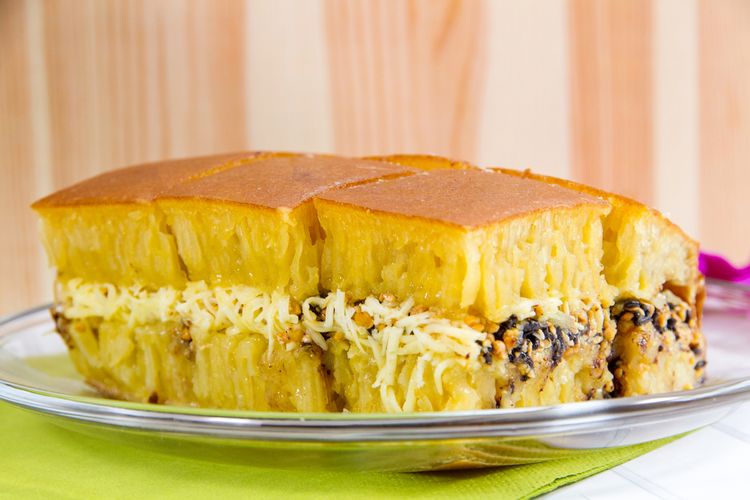A slot is a narrow depression, notch, slit, or aperture, especially a narrow opening for receiving or admitting something, such as a coin or a letter. The word is also used in linguistics to refer to a position in a construction into which any one of a set of morphemes or morpheme sequences can fit. In this sense, it is equivalent to filler (def 9).
A slot can be found on a machine that accepts cash or paper tickets with barcodes, such as those used in the United States by the Bureau of Engraving and Printing. Players activate the machines by pushing a lever or button, either physical or on a touchscreen, which spins reels that rearrange symbols and award credits based on a paytable. The arrangement of symbols can be random, but most slots have a theme and bonus features aligned with it.
When playing slots, good bankroll management is crucial. If you bet too much, you risk going broke before your luck evens out; if you bet too little, you won’t be able to maximize your profits. Using math to determine how much you can bet per spin will help you avoid these problems and come out ahead.
Another important tip for winning at slots is to play maximum lines or coins. Usually, more lines mean more chances of hitting a jackpot. However, you must read the rules of each specific slot before you start playing. You can do this by clicking the “info” tab, which will tell you how many lines and coins are available, as well as any other game information you may need to know.
You can also increase your chances of winning by playing multiple machines at once. This is because each individual slot has its own set of rules and payouts, so you can increase your chances of winning by playing multiple games simultaneously. However, you should be careful not to overdo this because you can end up wasting more time and money than necessary.
The function of a slot is to take in coins or, in the case of “ticket-in, ticket-out” machines, paper tickets with barcodes, and give out credits according to a preset schedule. In the past, these machines had only one reel, but manufacturers soon started adding more, resulting in a total of about 22 possible combinations. As the machines became more advanced, they were programmed to weight certain symbols more heavily than others. The result is that higher paying symbols appear less often, while lower paying ones are more frequent, causing the odds of hitting a particular symbol to become disproportionately low.
Although you might feel like a slot machine is rigged, the reality is that it is not. Casinos must comply with gambling laws and regulations, and their machines are regulated to ensure fairness. Besides, RNGs are regularly tested to make sure that they’re functioning as intended. Regardless, there’s no way to predict when a machine will hit, except for the must-hit-by jackpots—and even then, other vultures are likely to have beaten you to them.
